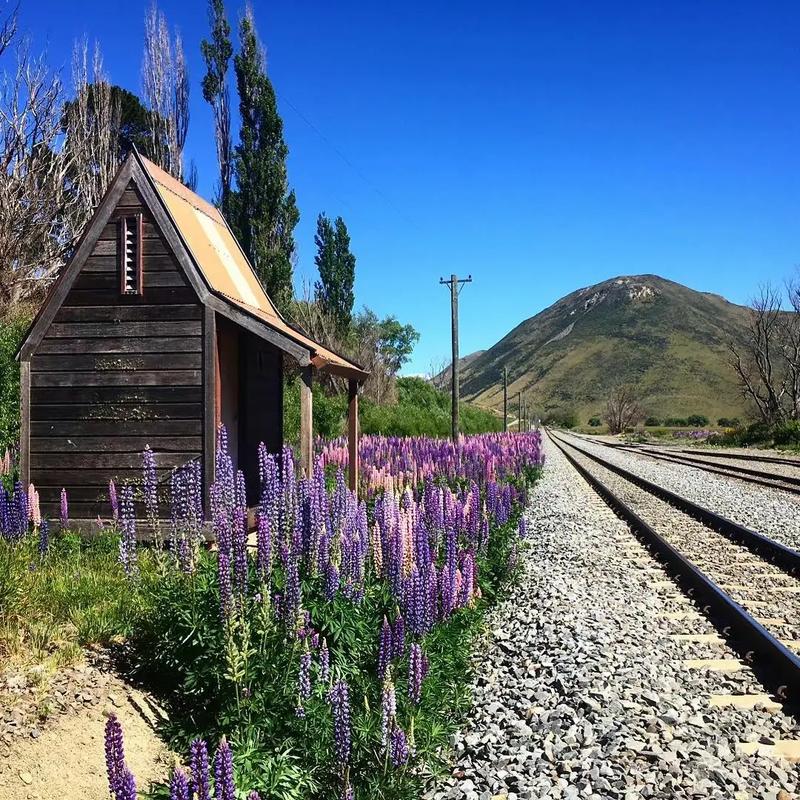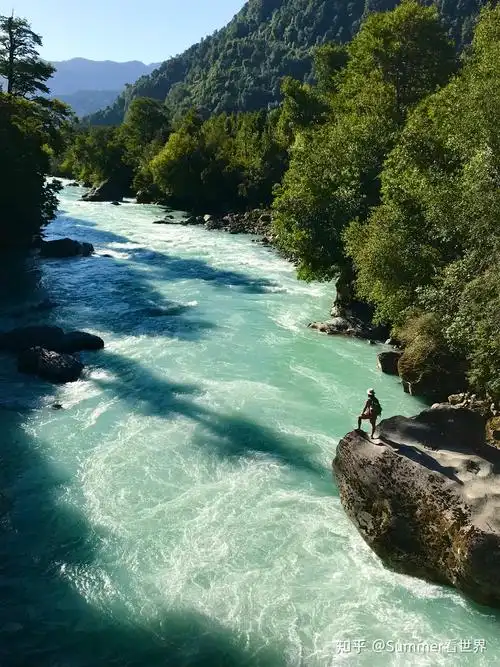Japan Travel
Japan’s Surfing Schools: Water Sports Attractions
Japan’s Surfing Schools: Riding the Waves of Tradition and Modernity
When one thinks of Japan, images of ancient temples, cherry blossoms, and bustling metropolises often come to mind. Yet, beyond its cultural and urban landscapes, Japan boasts a vibrant and growing surfing scene. With over 18,000 miles of coastline, the country offers a diverse range of wave conditions, from the tropical breaks of Okinawa to the powerful swells of the Pacific-facing shores. At the heart of this aquatic allure are Japan’s surfing schools, which have become key attractions for both domestic and international tourists seeking to engage with the ocean while immersing themselves in Japanese hospitality.
The Rise of Surfing Culture in Japan
Surfing was introduced to Japan in the 1960s, largely through American influence, and quickly gained popularity among the youth. What began as a niche subculture has evolved into a mainstream activity, with dedicated communities along the coastlines of Chiba, Shonan, Miyazaki, and Ishikawa. The inclusion of surfing in the 2020 Tokyo Olympics further catalyzed interest, inspiring a new generation to take up the sport. Today, Japan’s surfing schools are not merely places to learn how to ride waves; they are gateways to a unique blend of adventure, wellness, and cultural exchange.
Top Destinations for Surfing Schools
1. Chiba Prefecture: The Surfing Hub
Chiba, home to the famous Ichinomiya and Kujukuri beaches, is often dubbed the surfing capital of Japan. Its proximity to Tokyo makes it a convenient getaway for urban dwellers. Schools like Chiba Surfing School and Ichinomiya Surf Club offer lessons for all levels, leveraging consistent waves and sandy bottoms ideal for beginners. Many instructors are bilingual, catering to the influx of international visitors.
2. Shonan, Kanagawa: The Bohemian Vibe
Just an hour from Tokyo, Shonan embodies a laid-back, bohemian atmosphere that has long attracted artists, musicians, and surfers. Schools such as Shonan Surfing Lessons emphasize not just technical skills but also the philosophy of surfing—harmony with nature, patience, and respect for the ocean. This holistic approach resonates deeply with Japan’s Zen traditions.
3. Miyazaki, Kyushu: The Tropical Paradise
Known as the "Hawaii of Japan," Miyazaki offers warm waters and lush landscapes. Its Aoshima Beach is particularly famous for its wave quality and scenic beauty. Schools here, like Miyazaki Surf Academy, often combine lessons with eco-tours, highlighting the region’s natural wonders, including nearby forests and waterfalls.
4. Okinawa: The Winter Escape
With its subtropical climate, Okinawa provides year-round surfing opportunities, though winter months bring the best swells. Schools such as Okinawa Surf Crew focus on fun and safety, offering small group lessons and equipment rentals. The crystal-clear waters and coral reefs add an element of snorkeling and diving to the experience.
What Makes Japanese Surfing Schools Unique?
1. Omotenashi: The Spirit of Hospitality
Japanese surfing schools are renowned for their exceptional service, reflecting the concept of omotenashi (selfless hospitality). From meticulous equipment maintenance to personalized coaching, every detail is designed to ensure a positive experience. Many schools provide additional amenities such as hot showers, changing rooms, and post-surf tea sessions, creating a welcoming environment.

2. Safety and Discipline
Safety is paramount in Japanese culture, and this extends to surfing instruction. Schools adhere to strict protocols, including detailed briefings, small student-instructor ratios, and lifeguard collaborations. The disciplined approach ensures that even novice surfers feel secure while learning.
3. Cultural Integration
Surfing schools in Japan often incorporate cultural elements into their programs. For example, some offer sessions on beach cleanup (umigomi collection), reflecting the Shinto belief in purity and respect for nature. Others organize visits to local shrines or onsens (hot springs), providing a well-rounded cultural immersion.
4. Focus on Mindfulness
Influenced by Zen Buddhism, many instructors emphasize mindfulness and mental focus alongside physical technique. Lessons may include breathing exercises, meditation, or simply moments of silence to observe the ocean—a practice that helps surfers connect deeply with their environment.
The Learning Experience: From Novice to Pro
Most schools offer tiered programs tailored to different skill levels. Beginner lessons typically cover ocean safety, paddling techniques, pop-up drills, and wave selection. Intermediate and advanced sessions might focus on turning, carving, and reading complex wave patterns. Private lessons are widely available for those seeking individualized attention.
Group lessons, on the other hand, foster a sense of community—a core aspect of Japanese society. It’s common to see students bonding over shared struggles and successes, often ending the day with a meal at a local seafood restaurant.
Beyond Surfing: Complementary Attractions
Surfing schools often serve as hubs for broader water sports and activities. Many offer stand-up paddleboarding (SUP), kayaking, and windsurfing, capitalizing on Japan’s diverse marine conditions. In winter, some schools in Hokkaido and Niigata even transition to snowboarding lessons, showcasing the versatility of Japan’s outdoor sports culture.
Additionally, coastal towns near surfing spots are rich in culinary and cultural offerings. Fresh sushi, seafood bowls (kaisendon), and local sake are readily available, providing a taste of regional flavors. Festivals such as the Shonan International Surfing Festival or Miyazaki’s Ocean Celebration further enhance the visitor experience.
Sustainability and Environmental Stewardship
Japan’s surfing communities are increasingly engaged in environmental conservation. Schools like Eco Surf School in Chiba promote eco-friendly practices, using biodegradable wax and organizing beach cleanups. This alignment with global sustainability trends appeals to environmentally conscious travelers.
The Future of Surfing Schools in Japan
The post-pandemic era has seen a surge in domestic tourism, with more Japanese citizens exploring their own country. Surfing schools have adapted by offering staycation packages, combining accommodation with multi-day lessons. Internationally, as travel restrictions ease, Japan is poised to become a top destination for surf tourism, thanks to its safe, clean, and culturally rich environment.
Technological integration is also on the rise. Some schools now use drone footage for wave analysis and video feedback, enhancing the learning process. Virtual reality simulations are being tested for beginners to practice on land before entering the water.
Conclusion
Japan’s surfing schools are more than just venues for sport; they are microcosms of Japanese culture, where tradition meets modernity, and where the ocean becomes a medium for personal growth and connection. Whether you’re a first-time surfer or an experienced wave rider, these schools offer an unparalleled experience—one that balances thrill with tranquility, adventure with mindfulness, and individual achievement with communal harmony. As the waves continue to roll onto Japan’s shores, so too will the opportunities to discover this captivating dimension of the Land of the Rising Sun.
相关文章
- Yamagata’s Zao Onsen: Snow Monster Hot Spring Attraction
- Japan’s Maid Cafés: Akihabara Subculture Attractions
- Okayama’s Okayama Korakuen: Historic Garden Attraction
- Japan’s Horse Racing Tracks: Equestrian Sports Attractions
- Tokyo’s Odaiba Gundam: Anime Icon Attraction
- Japan’s Doll Festivals: Hinamatsuri Attractions
- Kagoshima’s Ibusuki Onsen: Sand Bath Hot Spring Attraction
- Japan’s Table Tennis Clubs: Recreational Attractions
- Kyoto’s Nishiki Market: 400-Year-Old Food Attraction
- Japan’s Camellia Festivals: Winter Flower Attractions
发表评论
评论列表
- 这篇文章还没有收到评论,赶紧来抢沙发吧~


